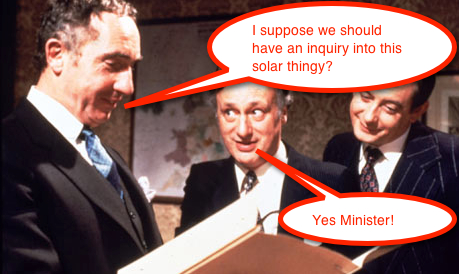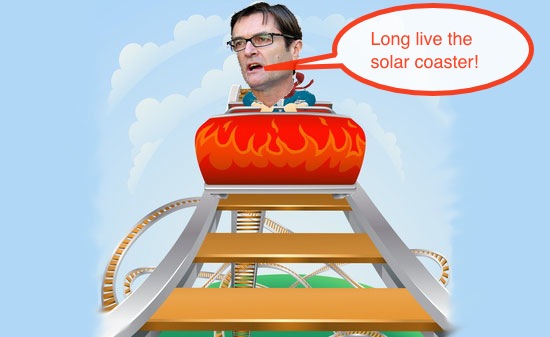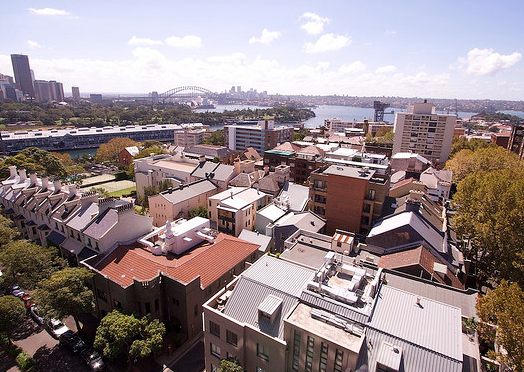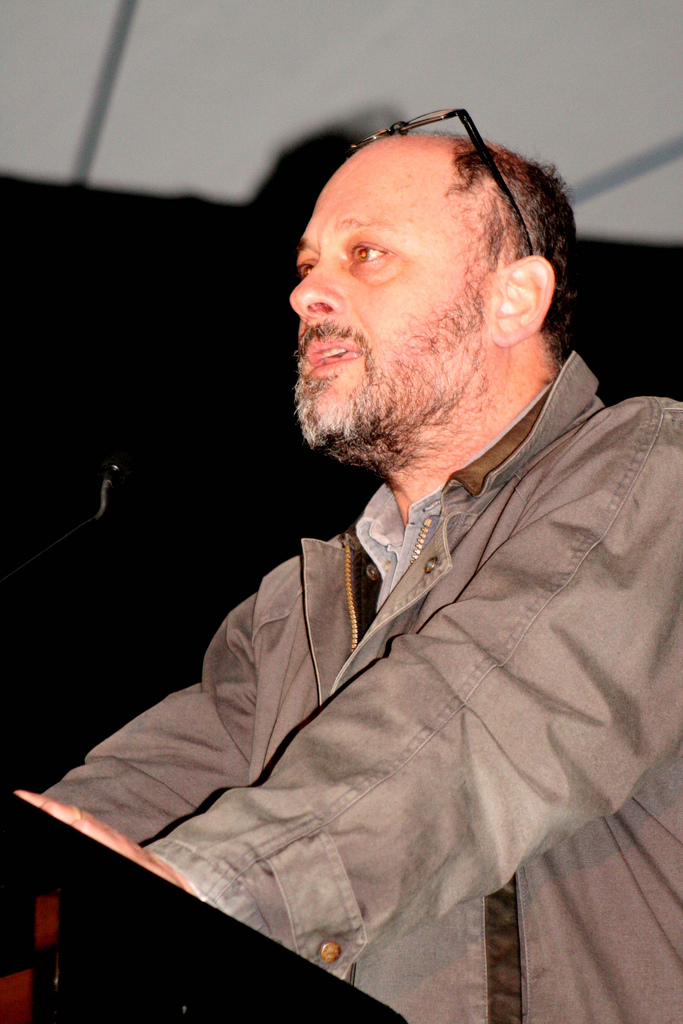As I sit here writing this week’s rant, we are (it seems) in the middle of one of the worst heatwaves ever to strike the continent. Characterised by indecently high temperatures, bushfires and breathless “on the spot” news reporters, the harsh weather is crossing the land from west to east, north to south. [Read more…]
2013: Ending the solar uncertainty principle
What’s the one factor that most solar fans will ask from our elected representatives as we cast our eyes towards 2013? The answer of course will vary according according to circumstances. Some may ask for more focus on other forms of large scale solar power such as concentrated solar power, others may call for increased investment in solar research and development. Still more may call for an expansion of present solar programs; you know the ones that always seem to be under the threat of cutbacks. [Read more…]
Tis the season to be Fergie …
Regular readers of this column may have noticed that we haven’t always been that kind to Martin “Fossil Fuel” Ferguson, our Minister for Resources. And we haven’t been alone in mercilessly pointing to the Minister for Resources’ predilection for fossil fuels, his apparent unwillingness to listen to new ideas and his brushing aside of renewable energy such as solar power in favour of vested fossil fuel interests. [Read more…]
Current solar PV regulations “a dog’s breakfast”
Nigel Morris of Solar Business Services has described current renewable industry regulations as being like a “dog’s breakfast”. And while his comments may not come as a surprise to many solar power insiders, the fact that he admitted feeling sympathy for utilities networks just might. [Read more…]
Big Polluters In Doha Refuse To Help Drowning Nations

Combet pulls plug on rebates: solar coaster in full flight
What solar buyers need to know: If you buy a solar system after the 16th November 2012, you have to have it installed before Jan 1 2013 to claim the current rebate. If your system is installed after that date your solar system will cost approximately $1,000 more regardless of what size you buy.
Well that was quick wasn’t it? Just when you thought the Federal Government’s collective speed on any given issue was only marginally faster than my first car (a VW Type 3: nought to 50 kms/hr in 30 minutes) … out comes a lightning-fast decision from the desk of Climate Change Minister Greg “Coalface” Combet. [Read more…]
Solar Council’s electorates map destroys ‘rich’ theory
There’s a false perception in Australia — perpetrated in part by the anti-solar brigade and their fellow travellers — that the only people who invest in domestic solar systems are those who are rich. According to this theory it is only those in the more affluent parts of Australia that have the resources to afford solar panels. Working and lower middle class families apparently don’t have them on their roofs because they are out of their price range. [Read more…]
Independent inquiry to support solar for Port Augusta? Yes minister!

The news of a Inquiry into Solar at Port Augusta is awesome! But let’s hope it is not hijacked by vested interests…
Recent efforts by solar activists to force the South Australian government to replace the current coal-fired station at Port Augusta with a solar thermal power station appear to have borne some fruit. Last week SA Energy Minister Tom Koutsantonis announced the setting up of an inquiry into the feasibility of building a solar thermal power plant to replace the ageing fossil fuel plants that currently supply 40 percent of SA’s energy. [Read more…]
Can Queensland be a solar energy powerhouse under the Newman government?
The Climate Commission’s recent report pointing to Queensland as a potential solar energy powerhouse has caused a bit of a traditional brouhaha in the opinion pages of the press and online journals.
Nothing like a bit of biffo as we say here at SQ headquarters (particularly in the wake of a grand final weekend) so we thought we’d examine the argument, squeeze out more on a favourite theme (government inaction on renewables) and have a bit of a rant ourselves. [Read more…]








 RSS - Posts
RSS - Posts



Currently Raging Debates: